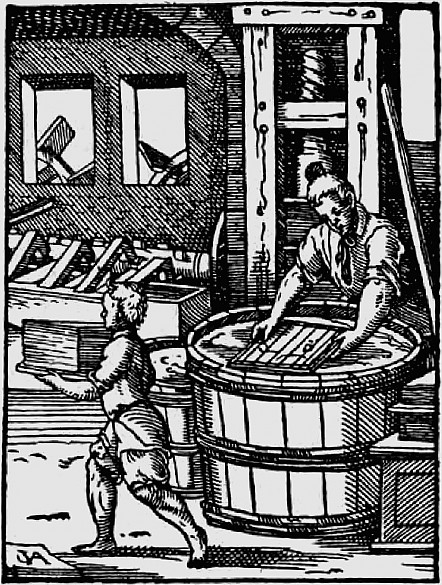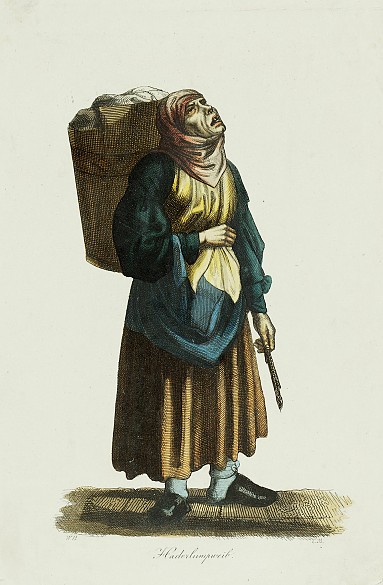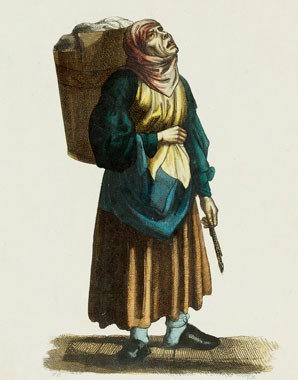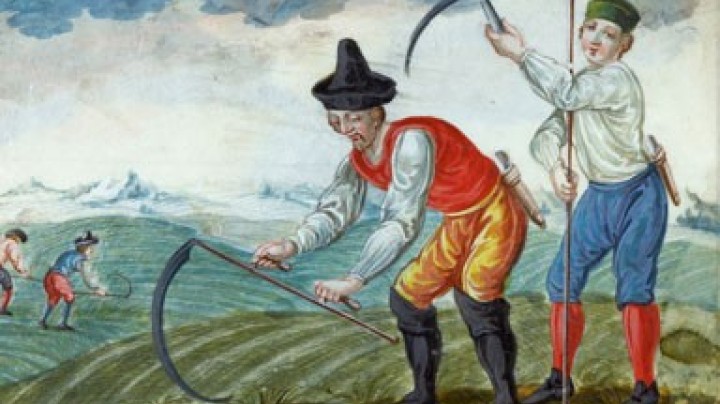Rags and rag collectors – On making paper
From the end of the Middle Ages parchment was increasingly replaced by paper as the material people preferred to write on. It was not made from wood, as it is today, but from old clothes.
At the beginning of the early modern period aristocratic landowners were not only engaged in agriculture but were also setting up more and more commercial enterprises. Moreover, they enjoyed monopoly rights which enabled them to control local markets, for example for the sale of beer. Quarries, sawmills, brickworks and limekilns were mostly used to meet the requirements of a landowner’s estate. What they had to produce were the materials needed for the numerous construction projects undertaken by both the aristocracy and the Church in the sixteenth and seventeenth centuries. As regards the paper mills and glassworks, these were usually leased to entrepreneurs from the bourgeoisie. And with paper, as with many products, aristocratic landowners made sure that they had the right to the first option to buy what was produced.
It was above all for administrative affairs that more and more paper was required, so that the sixteenth century saw the construction of many mills near administrative centres. The paper was produced from rags and other scraps of textiles, which were sold to the mills by itinerant rag collectors. Making sure that the mills had a constant supply of the raw material they needed was considered so important that in 1768 Maria Theresa had an exactly defined collection area laid down for each paper mill. However, this restriction was lifted seventeen years later.
Each mill had two or three journeymen working on the production of paper: the rags were shredded and then crushed by means of large water-powered pounders, so that a saturated pulp was produced. A close-meshed sieve made of metal wire was immersed in this mixture, on the surface of which a layer of pulp formed, which was then pressed and dried to produce a sheet of paper. A watermark which was built into the sieve showed the provenance and the production date of the sheet as well as the type of paper. Adding lime to the paper made it impermeable, so that the ink used to write on it would not run.















